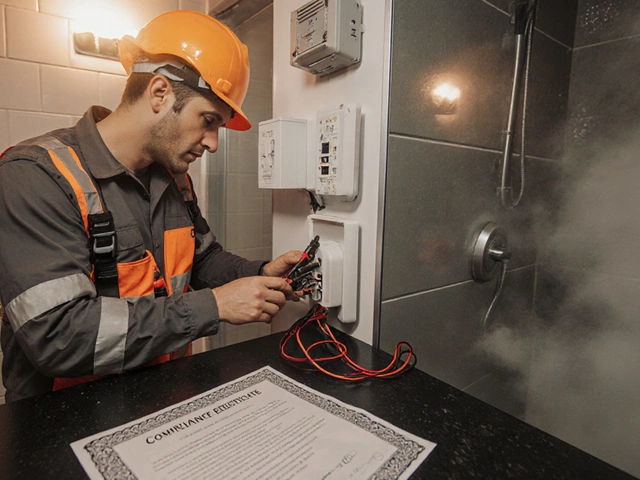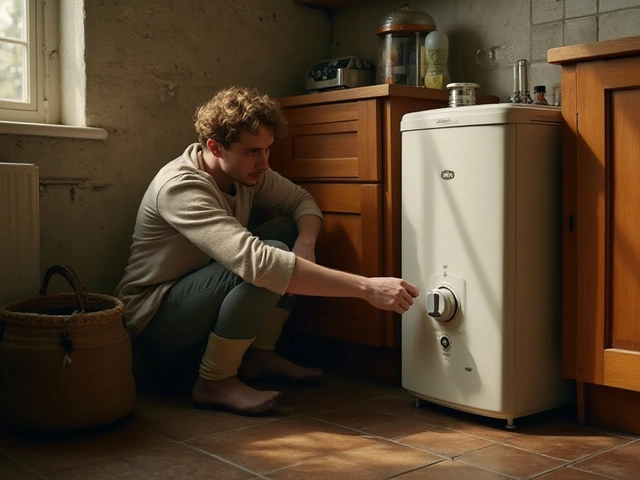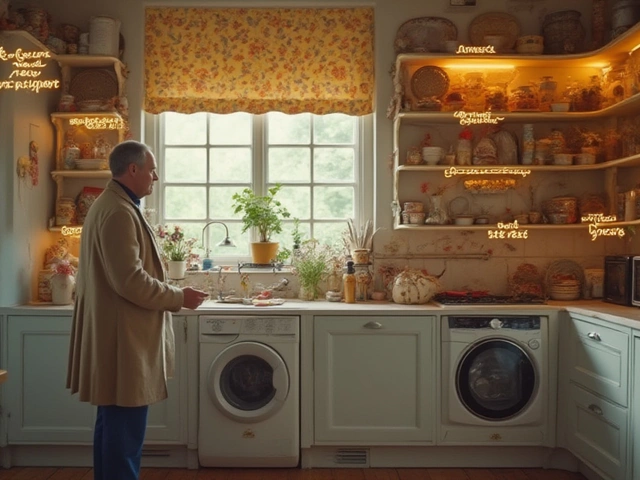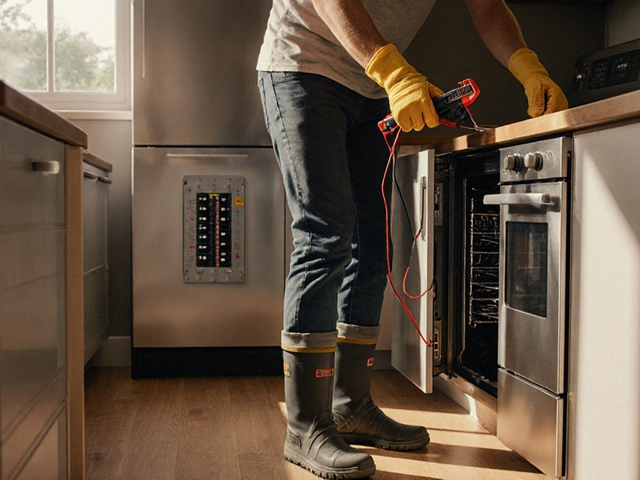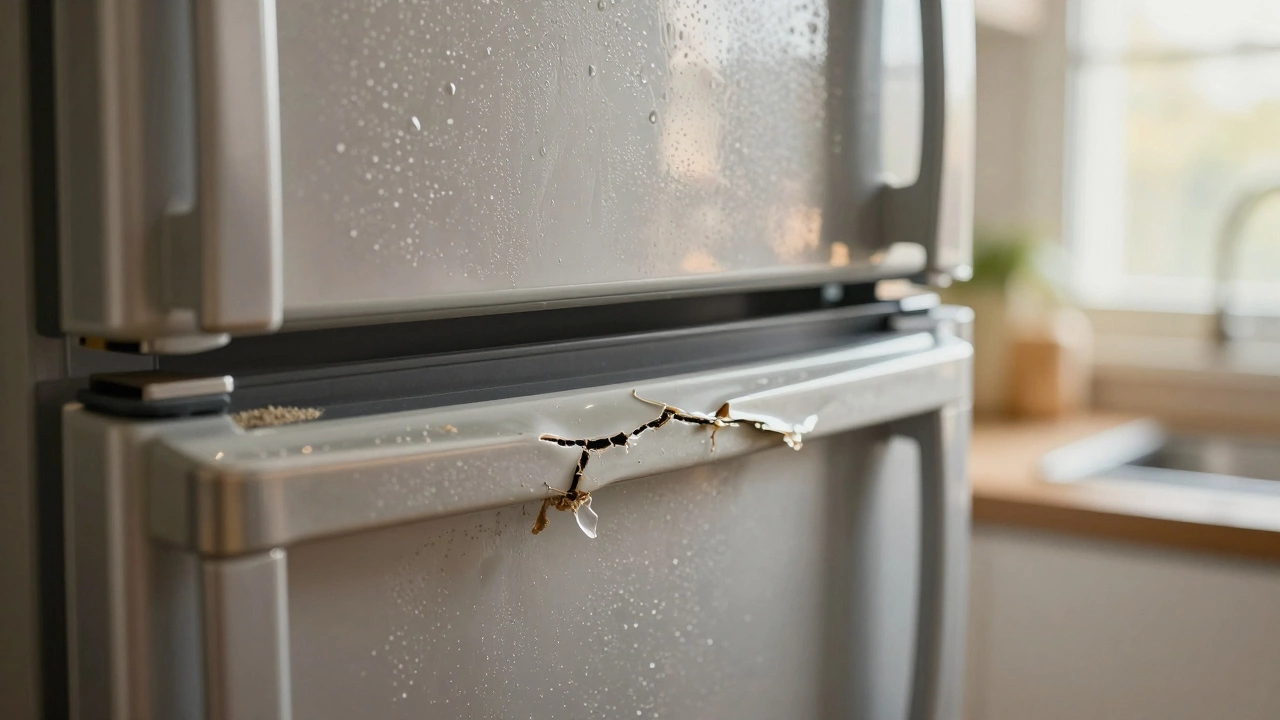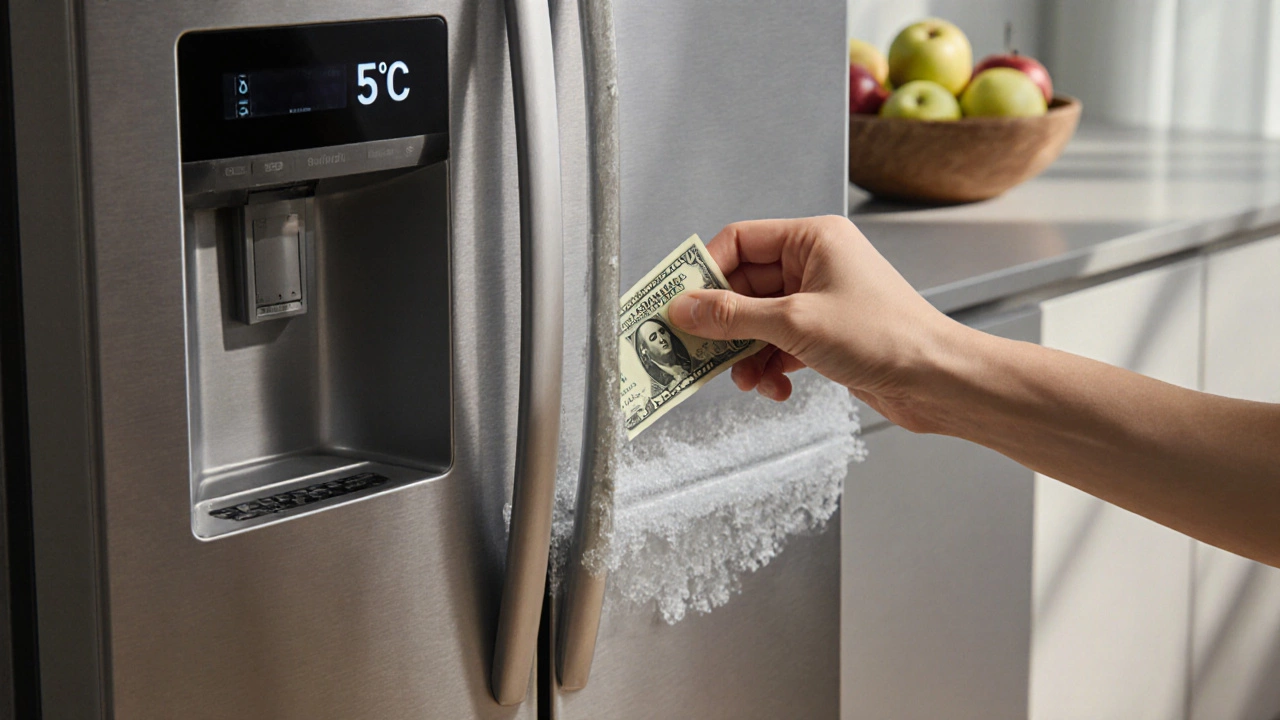Fridge Not Cooling? Simple Checks and When to Call a Pro
If your fridge feels warm to the touch and the food is getting soggy, you’re not alone. A fridge that stops cooling can happen to any household, and most of the time you can spot the problem in just a few minutes. Below are the most common reasons a fridge stops working and the quickest ways to test each one. Follow the steps, and you’ll know whether a DIY fix will sort it out or if it’s time to call Rugby Appliance Repair Services.
Basic DIY Checks
1. Power supply. The first thing to verify is that the unit is actually getting electricity. Plug another appliance into the same socket or use a multimeter to confirm voltage. If there’s no power, check the kitchen’s circuit breaker and reset any tripped switches.
2. Door seals. A cracked or dirty seal lets warm air leak in, forcing the compressor to work harder and often shutting it down. Close a piece of paper in the door; if it slides out easily, the gasket needs cleaning or replacement.
3. Temperature settings. Accidentally nudging the thermostat knob can set the fridge to a warmer range. Make sure the dial is set between 1‑3 (or 37‑40°F for most models). Reset the dial and give the fridge 24 hours to stabilise.
4. Condenser coils. Dust‑covered coils on the back or bottom of the fridge reduce heat exchange, causing the compressor to overheat. Unplug the fridge, remove the rear panel, and vacuum the coils gently. A clean coil can restore cooling in half a day.
5. Overloading. Packing the fridge to the brim blocks airflow, especially around the evaporator. Take out a few items, arrange the remaining ones so air can circulate, and watch the temperature drop.
6. Defrost timer or ice buildup. Frost on the freezer side can choke the evaporator fan. If you see a thick layer of ice, manually defrost by unplugging the unit and leaving the doors open for a few hours.
When to Call a Professional
Even after the basic checks, some problems need a qualified technician. If you notice any of the following, pick up the phone and call Rugby Appliance Repair Services right away.
• Compressor won’t start. The compressor is the heart of the cooling system. A humming sound without cooling usually means a bad start relay, a seized motor, or refrigerant loss – all of which require specialist tools.
• Strange noises. Clicking, buzzing, or a high‑pitched squeal often points to a failing fan, a broken evaporator coil, or a loose component. Ignoring these sounds can damage other parts.
• Leaking water. Water pooling at the bottom of the fridge suggests a blocked defrost drain or a cracked pan. While you can clear a simple clog, a cracked pan needs replacement.
• Persistent warm temperatures. If the interior stays above 45 °F after a full day of troubleshooting, the refrigerant might be low or the thermostat could be faulty. Both are safety‑critical and must be handled by a certified repairer.
Our team in Rugby has the tools and experience to diagnose these issues fast, source genuine parts, and get your fridge back to a steady 35‑°F. We also offer same‑day service for urgent cases, so you won’t have to waste food while you wait.
Bottom line: start with the power, seals, settings, coils, and airflow. If those steps don’t bring the chill back, don’t gamble with the compressor – call the experts. A well‑maintained fridge keeps your groceries fresh, saves money on food waste, and prevents bigger repair bills down the line. Stay cool, and let us handle the heavy lifting when you need it.
